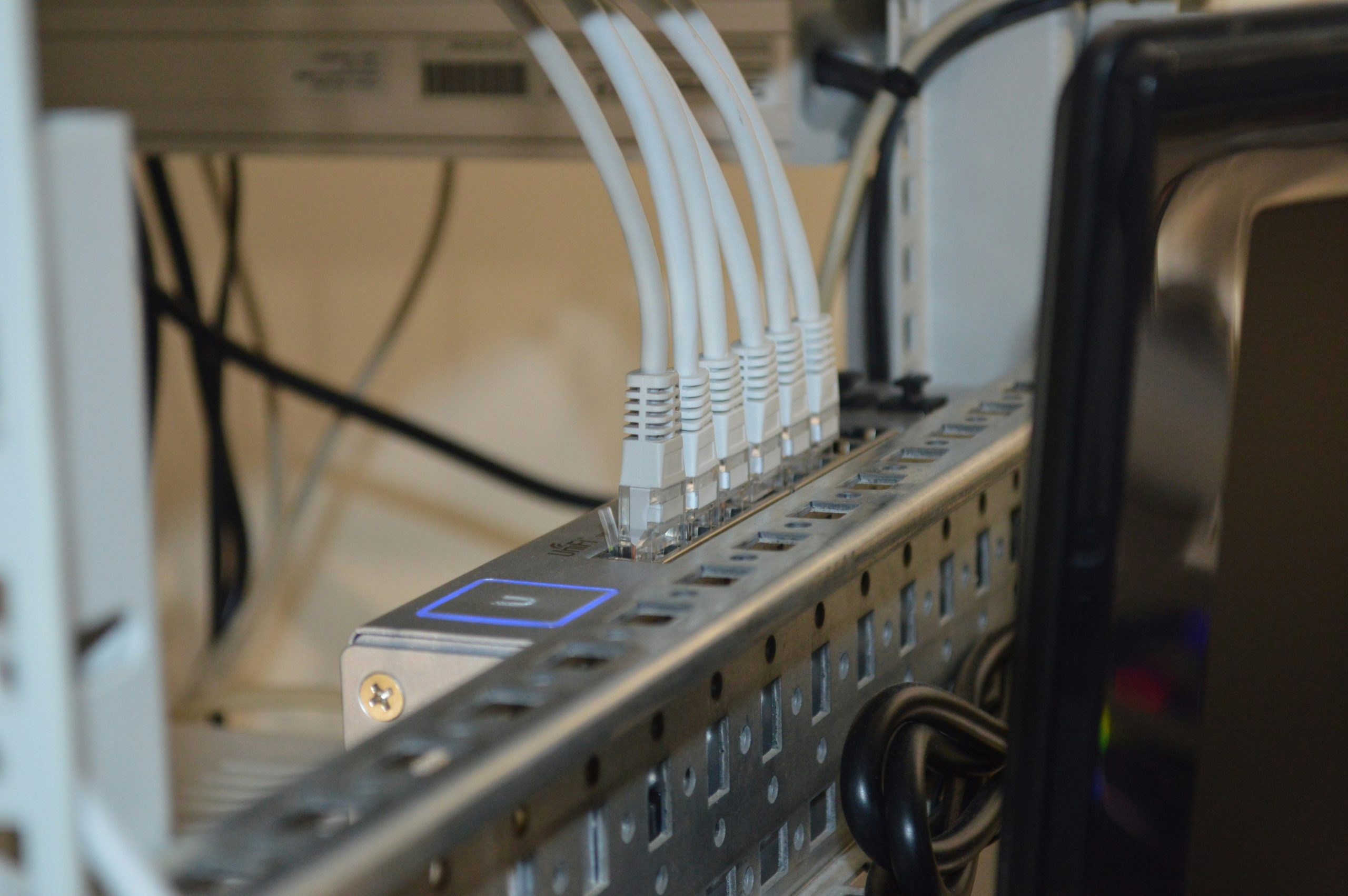TP-Link powerline adapters provide a convenient way to extend wired internet connections throughout a home or office using existing electrical wiring. Many models come with a passthrough outlet feature, allowing users to continue using the power socket while also benefiting from network connectivity. However, users sometimes encounter issues where the LAN connection does not work properly when the adapter is in passthrough mode. Understanding the potential causes and solutions for this problem can help restore a stable network connection.

Understanding Passthrough Mode in TP-Link Adapters
Passthrough mode in TP-Link powerline adapters allows users to plug additional devices into the same power outlet without sacrificing connectivity. This feature is particularly useful in homes or offices where power outlets are limited. The passthrough socket includes a noise filter to reduce electrical interference, ensuring that other plugged-in devices do not degrade network performance. Despite these advantages, some users experience connectivity issues, where the LAN port fails to establish a proper connection.
Checking the Basics
Before troubleshooting deeper issues, verifying basic connections is essential. Ensuring that the powerline adapter is securely plugged into a working power outlet and that the Ethernet cable is firmly connected to the LAN port can resolve many connectivity problems. Trying a different Ethernet cable or switching to another power outlet can help determine whether the issue is with the hardware or the power source.
Another important factor is the presence of surge protectors or extension cords. TP-Link powerline adapters are designed to work best when plugged directly into a wall socket. Using them with surge protectors or power strips can interfere with their ability to transmit data effectively. Removing these intermediaries and plugging the adapter directly into the wall may resolve connectivity issues.
Resetting and Re-Pairing the Adapters
If the LAN connection is still not working, performing a reset on the powerline adapters can help restore proper functionality. Most TP-Link powerline adapters have a reset button that can be pressed for a few seconds to return them to factory settings. After resetting, re-pairing the adapters by pressing the pairing button on each unit ensures that they are correctly synchronized.
Using the TP-Link utility software can also provide insight into whether the devices are properly communicating. This tool allows users to check the connection status, update firmware, and adjust settings that may impact performance.
Checking for Interference and Electrical Noise
Interference from household appliances and electrical noise can degrade powerline network performance. Devices such as refrigerators, microwaves, and large power supplies can introduce interference that disrupts connectivity. Moving the powerline adapter to a different outlet, preferably away from high-powered electrical devices, can help reduce interference and improve LAN stability.
Some TP-Link powerline adapters include a noise filter to mitigate electrical disturbances. Ensuring that the passthrough outlet is being used correctly and that no high-power-consuming devices are causing disruptions can improve connectivity. If possible, testing the adapter in a different room with a separate power circuit can help determine whether interference is the root cause.
Updating Firmware and Network Settings
Outdated firmware can cause connectivity issues with TP-Link powerline adapters. Checking the TP-Link website for firmware updates and applying the latest version ensures that the device operates with optimal performance and stability. Updating firmware can be done through the TP-Link utility or the web interface, depending on the model.
Network settings on the router can also impact powerline connectivity. Ensuring that DHCP is enabled and that the powerline adapter is receiving a proper IP address can resolve network conflicts. If the router’s settings have been modified, resetting it to factory defaults and reconfiguring the network can help establish a working connection.
Fixing a TP-Link LAN connection issue in passthrough mode requires a systematic approach. Checking basic connections, avoiding surge protectors, resetting and re-pairing the adapters, and minimizing electrical interference are crucial steps. Updating firmware and verifying network settings further enhance connectivity. By following these troubleshooting methods, users can restore a stable LAN connection and enjoy uninterrupted network access through their TP-Link powerline adapters.
